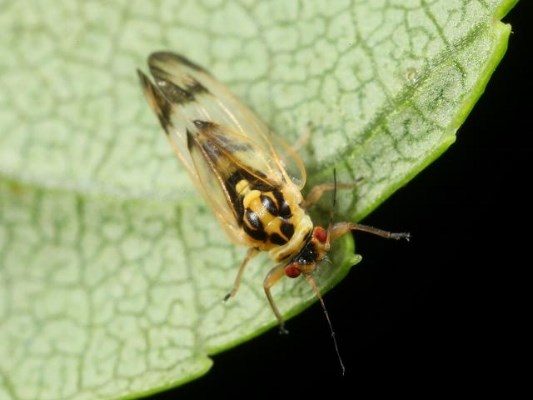Birds will have fewer places to perch and nest in the downtown area after the parks and recreation department chopped down several trees that the cottony ash psyllid insect had infected.
During the past couple of months, the department removed 30 Mancana ash trees from the area, with six more removals planned on Manitoba Street East and High Street East. Tree stumps with orange Xs spray painted on them have been noticeable, especially on Main Street.
The insect outbreak is prevalent throughout the community and has affected private and public Mancana ash trees, as well as their hybrids, explained parks director Derek Blais. The damage can be severe enough to cause significant dieback or even death in stressed trees.
“We are fairly concerned with the outbreak and have been monitoring closely and taking many steps to address it,” he told the Express, after a city councillor raised the issue during the June 15 council meeting.
The department has used a type of sticky paper the last few years to catch the insects — dubbed the jumping tree lice — as part of a research project into their prevalence in the community. This will be the third year the department has sprayed to control the cottony ash psyllids. It uses an insecticidal soap and sprays one to two times per year based on the psyllid populations.
Parks and recreation has stopped offering Mancana ash trees as an option to plant on boulevards. Department staff have also been inspecting private trees upon property owners’ requests and providing advice to homeowners.
Parks employees only remove trees that have died, while they prune dead branches and make every attempt to save trees before removing them, said Blais. The department’s policy is that any public tree that is removed is replaced either in the same location or in another area of the municipality.
The department has been planting a mix of species throughout the downtown area to prevent a similar outbreak from happening in the future, he added. The predominant species of trees that parks and recreation is using downtown is a Spring Snow Crabapple (sterile variety) and Ivory Silk Tree Lilac.
The next regular council meeting is June 29.




